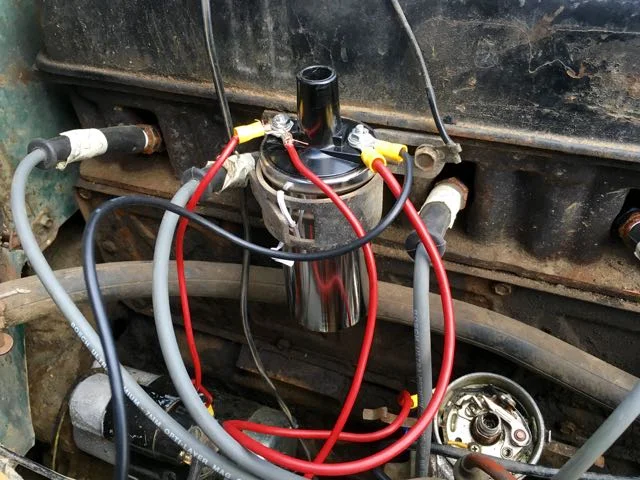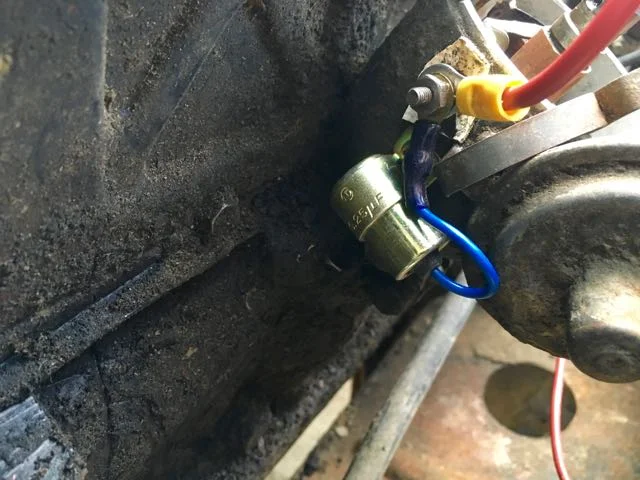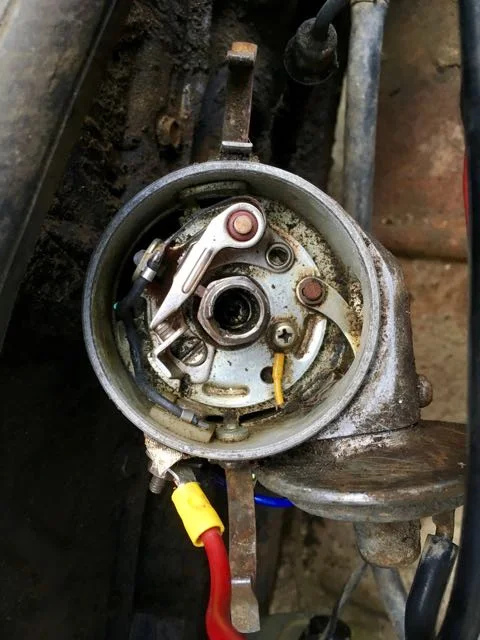We are having an issue getting spark on our 1972 FJ40.
We have verified we are getting the correct voltage at the coil (between 7 and 8 volts) and more (around 12) when starting. However, nothing is coming out of the coil.
We're replaced the coil, condenser, coil wire, wiring, and today ensured we had a little insulator on the connection on the side of the distributor per something we read in another post. Still nothing!
We are including pictures below of the coil, distributor, points, condenser, and associated wiring. What do you all suggest? At this point we don't have any ideas. We've checked voltage, resistance, connections, etc., per other posts but still are not getting fire. What could be going on?
Thanks so much for any thoughts you may have!
We have verified we are getting the correct voltage at the coil (between 7 and 8 volts) and more (around 12) when starting. However, nothing is coming out of the coil.
We're replaced the coil, condenser, coil wire, wiring, and today ensured we had a little insulator on the connection on the side of the distributor per something we read in another post. Still nothing!
We are including pictures below of the coil, distributor, points, condenser, and associated wiring. What do you all suggest? At this point we don't have any ideas. We've checked voltage, resistance, connections, etc., per other posts but still are not getting fire. What could be going on?
New Condenser
We purchased a new condenser because we suspected the old one might have been the culprit.
Distributor Points
Existing Distributor Points. We are wondering if this might be our problem.
Thanks so much for any thoughts you may have!




